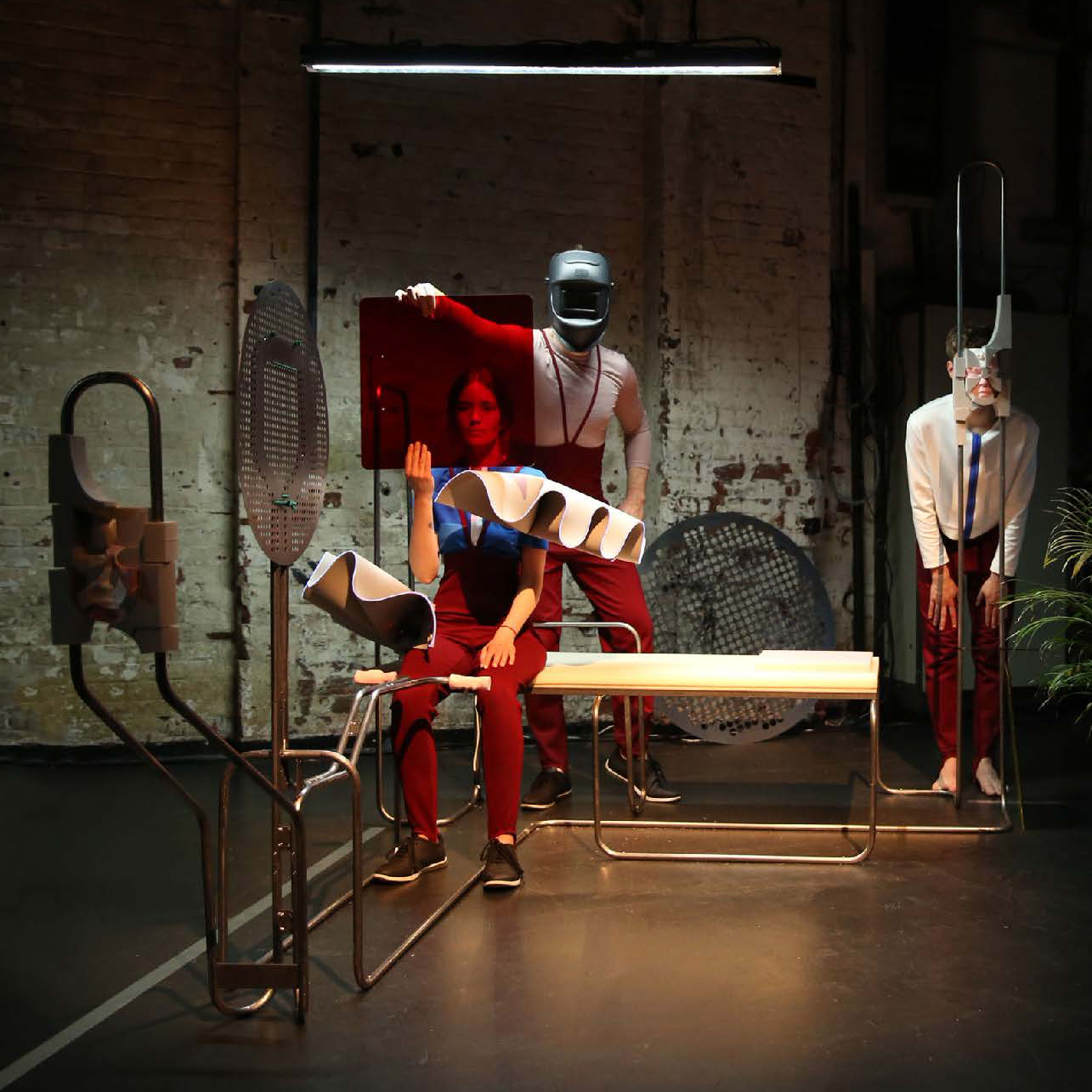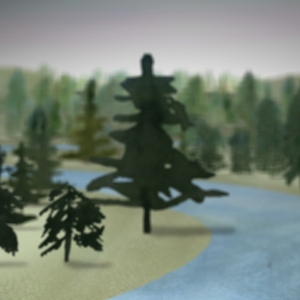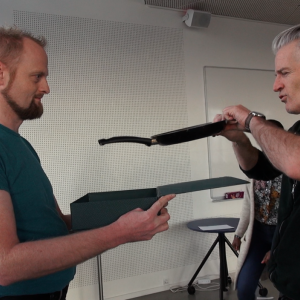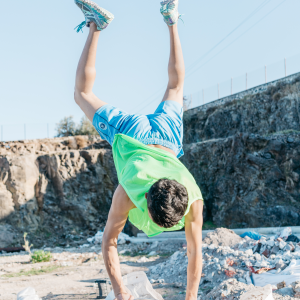
On the Indeterminate Training Technologies of a Reconstructed Bauhaus Choreographer. A Research Practice Between Speculative Historiography, Architectural Invention, and Performative Co-enactment
This exposition proposes a method of artistic research that uses (and disobediently misuses) techniques of reconstruction as a mode of performative, artistic, and architectural invention. Our speculative notion of reconstruction challenges inherited disciplinary notions of historiography and simultaneously functions as a propositional and generative tool. The exposition revolves around the discussion of a research and performance project entitled Jakob K., which reconstructs the works of fictional Bauhaus choreographer and gymnastics teacher Jakob Klenke (1874–1941). This reconstruction was the product of a collaboration between performance artists and architectural researchers, involving field work, site-specific re-enactment, 3D scanning, animation, and digital fabrication, and culminated in a series of live performances at Kampnagel (Hamburg) and during the 2019 Bauhaus 100 centennial. The exposition is structured around a series of multimedia sections, each of which departs from an element of the performance’s architectural and medial framing, describes aspects of the artistic research process, and uses these as a lens for theoretical reflection. In analogy to our working method, which created the project as an ongoing layering of spatial and choreographical ‘evidence’, this method of discussing the project consecutively adds layers and connections to the project-assemblage that is Jakob K. Throughout the exposition, a practice emerges that challenges notions of solely human-authored and human-centred design and performance; proposes a set of techno-speculative training practices while challenging historical discourses on body optimisation; and subverts disciplinary uses of technology, prescriptive logics of representation, and techniques of reconstruction, misusing them instead in disobedient ways and reinventing them as creative affordances that can challenge dominant techniques of power.



